What is Chicken Tinola?
The word tinola literally means stew (noun) or stewed (verb or adjective). If you have been following my posts, you must be wondering how different it is from “nilaga“ which also means stew! For a brief orientation, nilaga is indeed stew (or stewed) and tinola connotes stewed in ginger. There you go, a single word (of the same 3 syllables) but distinctly different.
Ginger immediately tells us that this must be a comfort food because ginger is a source of heat, and a very active ingredient for anything healthy and is, in many ways, of medicinal value as it heals a lot of maladies. Tinola cannot be without ginger. Most Filipino would disagree with me, as tinola cannot also be without green papaya, which is its signature ingredient. Not that I would disagree, but later in this post, we would tell you why tinola can survive without green papaya.
History of Tinola
Tinola is purely Filipino, however, it’s first mention was in a book by Dr. Jose Rizal, the setting of which is during the Spanish times. We can probably go farther down. However, there were no references I can provide.
My parents used to grow chickens in our little backyard by the riverbank of Pasig where we grew up. They grew them to have fresh chicken for mom’s cooking, rather than getting them from the local talipapa or palengke. Although fresh chicken was (and is) always available, there is (and I can guarantee this) something about slaughtering the fowl minutes before they end up in the pot. It is from this repeated experience that my siblings and I are experienced when it comes to good and healthy slaughtering of chicken. Chicken tinola is at its excellence when the chicken is fresh.
Tinola Ingredients
This is first: ginger, ginger, ginger, at least as far as I am concerned. The taste of ginger should overpower the broth. That explains its ultimate comfort food status. However, it should not take away the taste of chicken. The other ingredients of tinola are garlic, onions, green papaya, and green leaves of chili – these are all basic and original ingredients. Variations include replacing green papaya with chayote, pumpkin, or sometimes gourd.

How to Cook Chicken Tinola
Cooking this dish is fairly straightforward, as in many stewed dishes. However, as in most dishes, there are secrets to cooking them best, and these are usually learned from experience, i.e., repeated cooking of the dish, and sometimes, experimenting that results in variations.
Tinola can be cooked without sauteeing the garlic, onion, and ginger; it is a matter of preference. In sauteing, the usual order would be garlic, onion, then ginger. But here is my great find: sautee the ginger first for about a minute or until it is close to becoming golden, then add garlic, stir again about half a minute followed by onion. The effect on the taste is awesome. Stir until they are limp then add the chicken, water, and the rest of the ingredients in their appropriate time.
Health Benefits of Tinola
Ginger is undeniably healthy. From here alone, tinola is already a win. And considering this is ginger-chicken soup, there you are with the ultimate comfort food! Ginger, even in tinola, is best during the cooler months as it provides heat and energy. But I would not hesitate asking for this dish even in the middle of summer!
The vegetable choices – green papaya, chayote, pumpkin, gourd – are all healthy.
Moringa or malunggay leaves. I have non-Filipino friends who surprise me when they ask, out of the blue, about malunggay leaves, and they ask for health reasons. There are several articles about this humble malunggay leaves being beneficial in terms of what they can give/do to our bodies. This article talks about the moringa benefits and the many vitamins that it contains, such as protein, vitamins A, C, B2, B6, and magnesium from a mere 1 cup of chopped leaves. It is now known to be an anti-cancer agent; it can lower blood sugar levels and many more.
With your choice of fresh chicken, especially one slaughtered at home, there is no other way but for your tinola dish to be indeed healthy.
How to serve chicken tinola
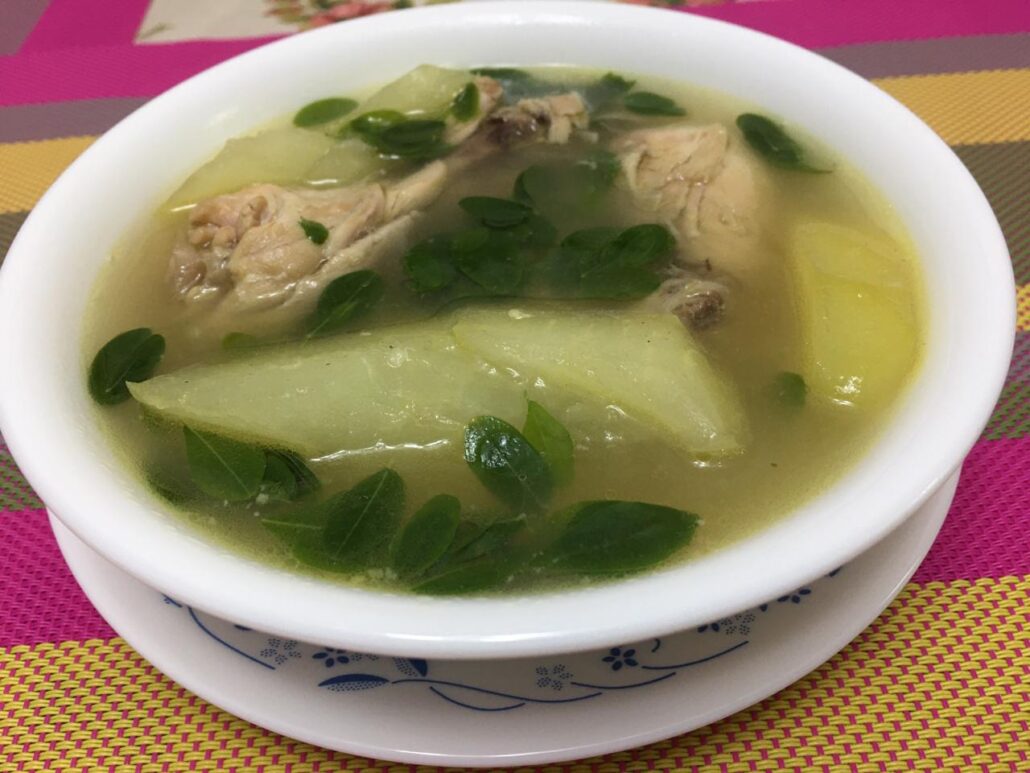
- This dish is best served with steamed white rice. However, true to being a comfort food, tinola can be taken as it is. Its soup provides heat, especially during cooler months.
- Patis or fish sauce on the side is optional but can add more flavor, especially when tinola is served with rice. I add sliced hot chili to the fish sauce – again, this is completely optional.
Storing left-over chicken tinola
Although this is best served immediately after cooking and while hot, leftovers can be stored in tight-lid containers in the fridge. Remove the ginger slices, though, as they have a tendency to lose their taste or that gingery spice when left with the soup and kept in the fridge. Consume leftovers within the next couple of days.
Cooking tips:
- Use yellow or white onion as it provides a bit of sweetness to the recipe compared to its red counterpart.
- Enhance the flavor by using fresh ginger, chicken pieces bone-in, a tablespoon of fish sauce (this means you can delete salt in the beginning), a piece of fresh chicken liver, mashed or 2-3 pieces of chicken liver simply thrown onto the pot midway in cooking.
- Lower to medium heat after the soup boils and let cook till done.
- Replace green leaves of chili with serrano chili, but make sure that it does not break. We want to get the same aroma, but not the heat. The chili leaves can also be replaced by spinach or watercress.
- No need for black pepper, as the flavor of the ginger will take care of it.
Frequently asked questions:
What is the difference between tinola and nilaga?
Tinola and nilaga both literally mean “stew,” however, tinola means “stewed with ginger.”
Is tinola a chicken soup?
Indeed, it is.
Why do we use either papaya, chayote, pumpkin, or gourd in tinola?
That may sound like a rule, but it is not set in stone, as they say. The use of more than one set of vegetables in tinola tends to take away from the broth or the soup. The idea is to maintain the chicken-ginger taste of the soup.
What can we replace green chili leaves with?
Fresh spinach leaves, watercress, or fresh malunggay leaves (moringa leaves). are good replacements if green chili leaves are not available.
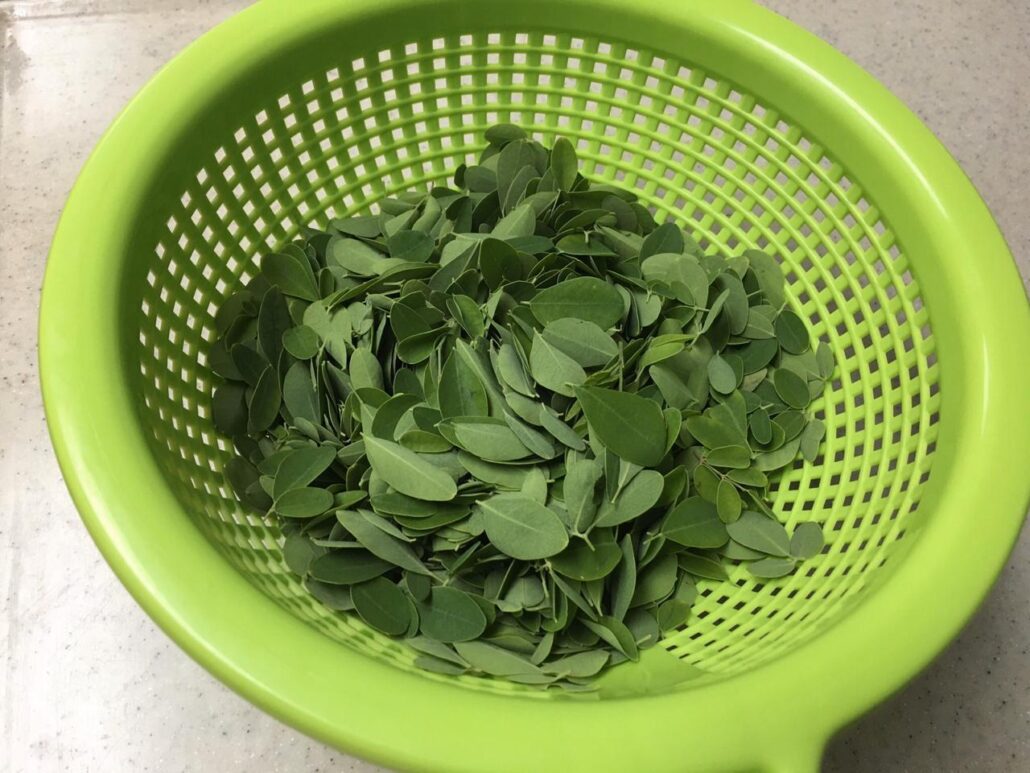
What can we replace chicken with?
Tinola is primarily chicken. The same recipe is used for fish, but that would be called “pesa” which means fish cooked in ginger. It is then safe to say “tinola” to mean chicken in ginger soup and “pesa” (plus the name of the fish) to mean fish in ginger soup. Both recipes take only a few minutes to cook.
Chicken pieces with bones are best. Skinless chicken breast or any boneless chicken meat are not good choices as they do not give that tinola taste.
Enjoy,
Magida
Tinola Recipe

Tina’s Chicken Tinola
Ingredients
- 2 tablespoons cooking oil
- 2– inch piece ginger (cut into strips)
- 3 cloves garlic (minced)
- 1 medium-sized onion (diced coarsely)
- 1 kg chicken (cut into serving pieces)
- 4 tbsps fish sauce
- 4 cups water
- 1 chayote or green papaya (cut into 3-inch pieces)
- 1 cup chili leaves or malunggay leaves
Instructions
- Sautee ginger, garlic, and onion in cooking oil until tender, about 2 minutes.
- Add chicken pieces, stir for about 5 minutes, then add water. Bring to boil, lower the heat and simmer for 20 minutes or until the chicken is tender. Add green papaya or chayote, cover the pot and let simmer till the vegetable pieces are tender. Add fish sauce.
- Add chili or malunggay leaves during the last minute of cooking.
Notes
How to Cook Chicken Tînola


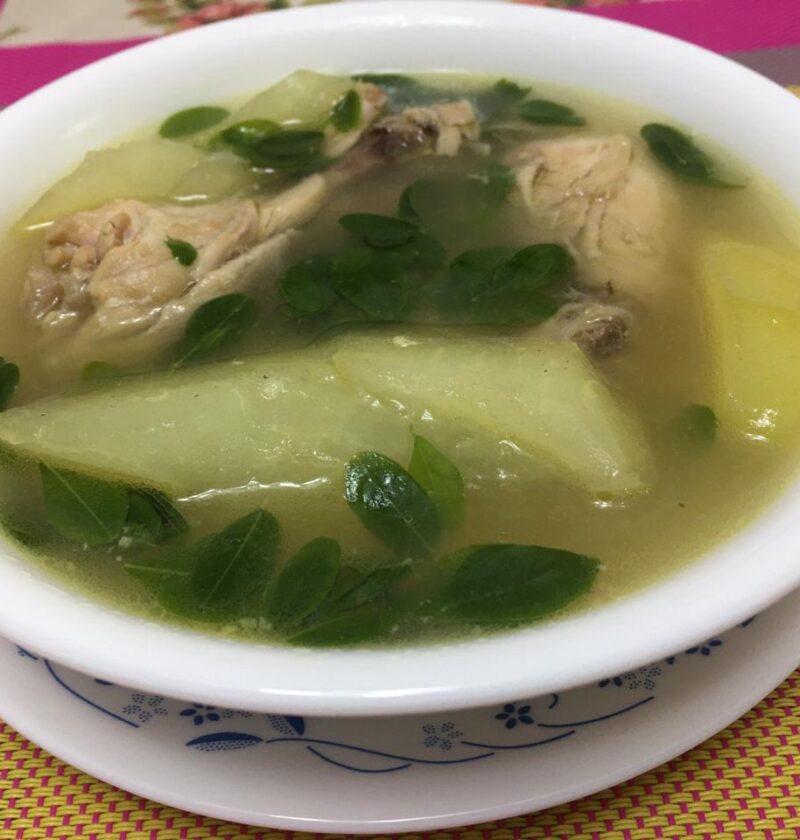
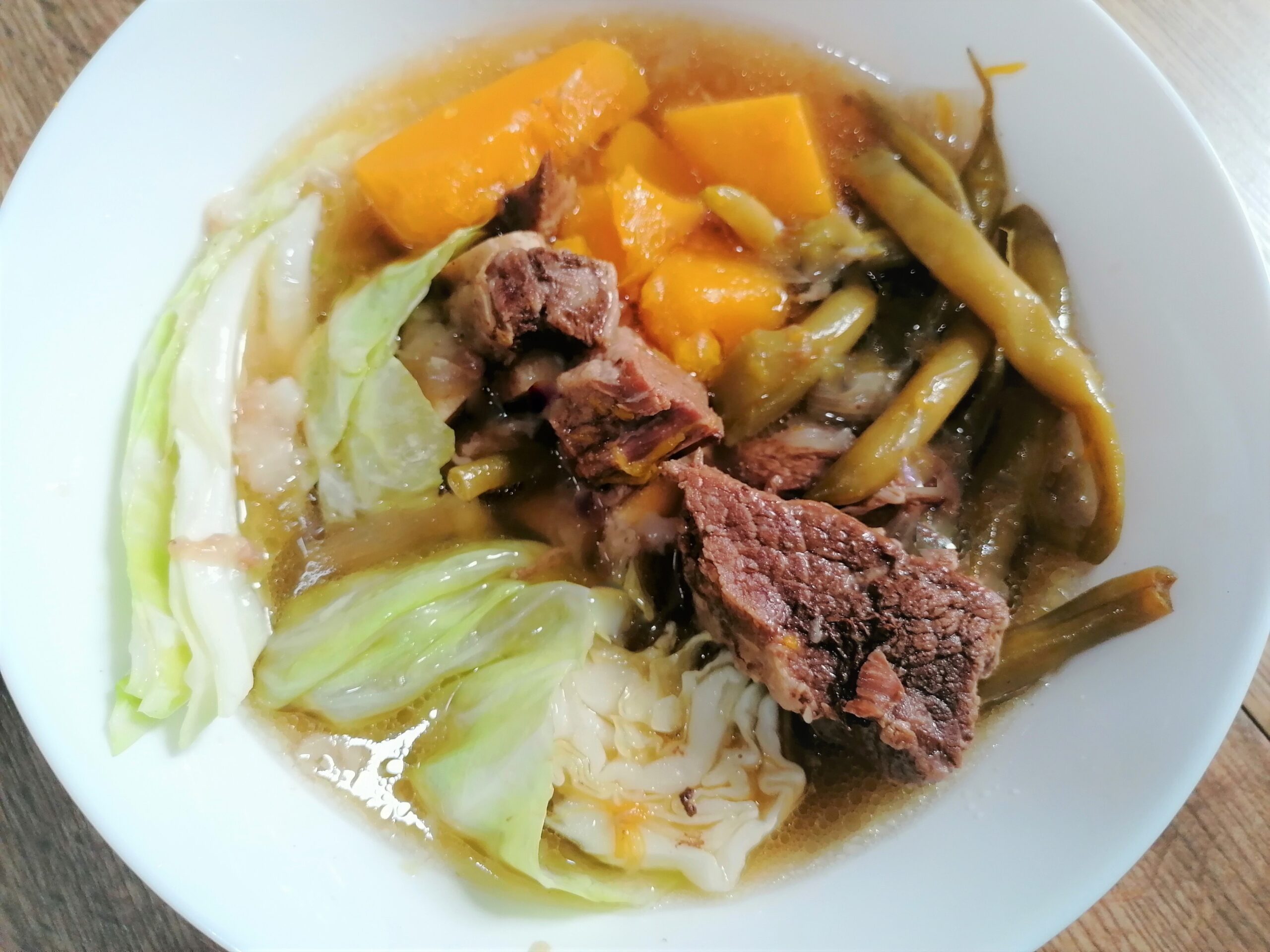


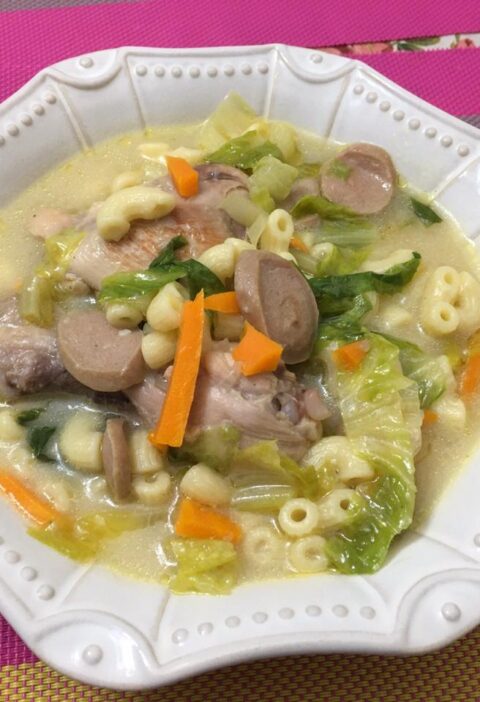
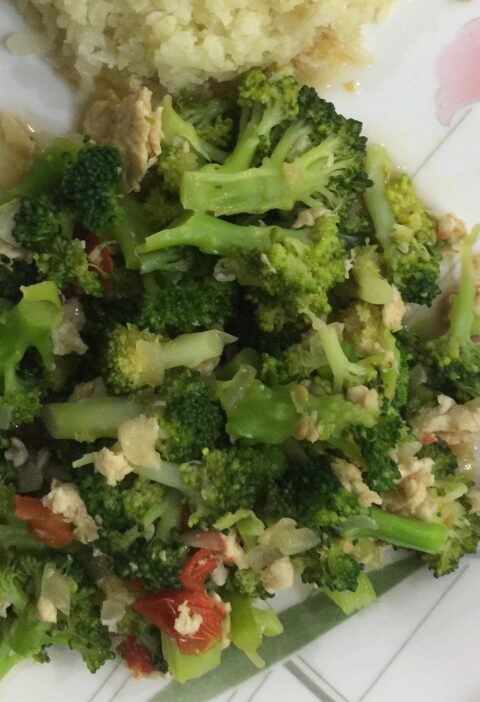

for sure it taste great specially when it is done with Love! ❤️